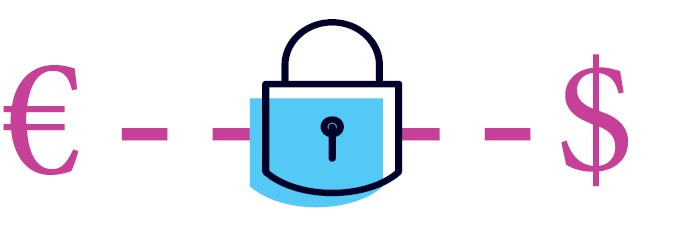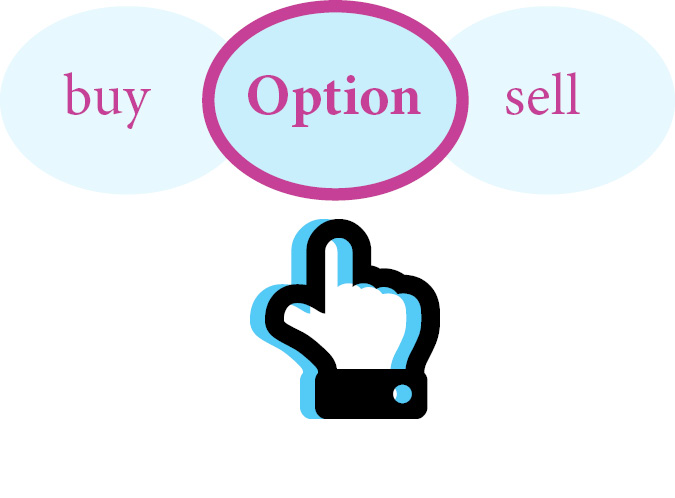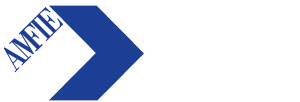AMFIE ACADEMY - Derivatives

INVESTING IN DERIVATIVES
People have been using derivatives to try to control uncertainty for centuries. Some of the first derivative contracts were traced back to the second millennium BC in Mesopotamia, and examples of derivatives have also been discovered in ancient Greece and Rome, and later in 17th and 18th century Europe.
Today, there are thousands of different types of derivative contracts on the market, based on an almost limitless range of asset classes (stocks, indices, commodities, real estate…). However, all of these variations consist of some combination of three basic types of contracts. In this edition of AMFIE ACADEMY we will explain the basic types of derivative contracts and take a look at some of the main uses and risks associated with these financial products.
What exactly are derivatives?
A derivative is simply a contract that derives its value from fluctuations in an underlying entity. This underlying entity can be an asset, index, or interest rate.
What are derivatives used for?
Derivatives can function as a kind of insurance by providing compensation to offset the effects of an unfavourable event. As such they are often used to reduce currency risk. For example, a European investor might want to hold US stocks, but might worry about the risks associated with currency movements between the Euro and the US dollar.

Il pourrait contrôler ce risque en vendant un contrat de change à terme sur des dollars américains, équivalent au montant de l’exposition aux actions. Si le dollar venait à baisser par rapport à l’euro, la valeur du contrat de change à terme augmenterait, compensant ainsi la perte de change résultant de l’achat d’actions. A l’inverse, si le dollar américain augmentait, le prix du contrat baisserait, compensant alors le gain de change. Dans les deux cas, le risque de change lié à l’investissement serait neutralisé.
 However, they could control that risk by selling a forward agreement on US dollars equivalent to the amount of their stock exposure. If the US dollar were to drop in relation to the Euro, the forward would rise in value offsetting the foreign exchange loss incurred from the stock purchase. Conversely, if the US dollar were to rise, the forward’s price would fall, thus offsetting the foreign exchange gain. In both cases, the currency risk from the investment would be neutralized.
However, they could control that risk by selling a forward agreement on US dollars equivalent to the amount of their stock exposure. If the US dollar were to drop in relation to the Euro, the forward would rise in value offsetting the foreign exchange loss incurred from the stock purchase. Conversely, if the US dollar were to rise, the forward’s price would fall, thus offsetting the foreign exchange gain. In both cases, the currency risk from the investment would be neutralized.
The three basic types of derivatives
Most derivative contracts consist of endless combinations of just three basic types of derivatives.
- Option contracts give investors the right to buy or sell an asset. The most common options strategies are call options and put options:
A call option is a contract, between the buyer and the seller of the call option, to exchange a security at a set price within a specified period of time.
Long Call: You purchase the right to buy an asset at a set price at a later date.
Short Call: You sell a call option on a stock because you believe that stock’s price will decline in the future.

A put gives the holder (i.e., the buyer of the put option) the right to sell an asset at a specified price, by, or at, a specified date to the seller of the put.
Long Put: You purchase the right to sell a security at a specified price by, or at, a certain date.
Short Put: You sell a put because you believe the security’s price will increase.
- Swaps
Swaps are heavily traded financial contracts that can be used to hedge certain risks, such as interest rate risk, and to speculate on changes in the direction of underlying prices. Swaps can also help investors avoid foreign exchange risk by eliminating the risk of fluctuations in the exchange rate.
Swaps allow two participants to exchange financial instruments, cashflows or payments for a specified period of time. For example, one counterparty might swap a fixed interest rate for a floating one. Swap contracts are generally not traded on the exchange, but are instead private contracts negotiated between two parties.
- Futures/forward contracts
Futures contracts and forwards contracts are very similar. They both involve the sale of a commodity asset or security at a future date, with the price being decided in the present. The difference lies in the fact that futures contracts are listed on an exchange, which acts as an intermediary and, as a result, are of a standard nature and cannot be modified. Whereas, since forward contracts take place between two counterparties, there is more flexibility in developing the agreement but also increased chance of counterparty credit risk.
Contrary to option contracts, the sale in a futures or forwards contract is obligatory.
What are some of the main risks associated with derivatives?
Most derivatives are leveraged instruments, which increases their potential rewards but can also expose the investor to large losses (see box). Small movements in the underlying’s price can generate large returns…or losses. If the price of the underlying moves significantly against the investor, the derivative product will amplify this movement, which can potentially lead to very large losses. Derivatives also expose the investor to market risk, liquidity risk and counterparty risk.

While modern derivative contracts can be extremely complex, and in some cases carry a tremendous amount of risk, derivatives can also function as a sound means of controlling certain types of risk within a balanced portfolio.
How derivatives can generate leverage
Many investors are drawn to derivative products because of their potential to provide leverage. Here we provide an example of how one type of derivative, the call option, can provide leverage.
A single share of Company A is priced at EUR 100, but for EUR 6 you have the possibility of purchasing a call option, which would allow you to buy that share at an exercise price of EUR 100 in March. You could either spend EUR 10,000 to purchase 100 shares now (100 x EUR 100) or you could buy the call option for EUR 600 (100 x EUR 6), giving you the possibility of purchasing the shares later at the pre-determined price. Which option should you choose?
If you were to purchase the shares using the option, the effective cost would be EUR 106 per share, so the price would have to rise beyond EUR 106 to generate a profit. The three examples below show how this call option can leverage returns.
- By expiry in March, the share price remains at EUR 100
- The return if you purchase the shares is zero
- The return if you purchase the option is -100% because there is no reason to exercise the option and you lose what you paid for the option.
- By expiry in March, the share price rises to EUR 106
- The return if you purchase the shares is (EUR 106 – EUR 100) / EUR 100 = 6%
- The return if you purchase the option and exercise it is (EUR 106 – EUR 100 – EUR 6) / EUR 6 = 0%
- By expiry in March, the share price rises to EUR 112
- The return if you purchase the shares is (EUR 112 – EUR 100) / EUR 100 = 12%
- The return if you purchase the option and excise it is (EUR 112 – EUR 100 – EUR 6) / EUR 6 = 100%
These examples show how call option derivatives can magnify returns both positively and negatively. When the shares were purchased outright, returns varied from 0% to 10%. When they were controlled by a call option, they varied from -100% to 100%!
